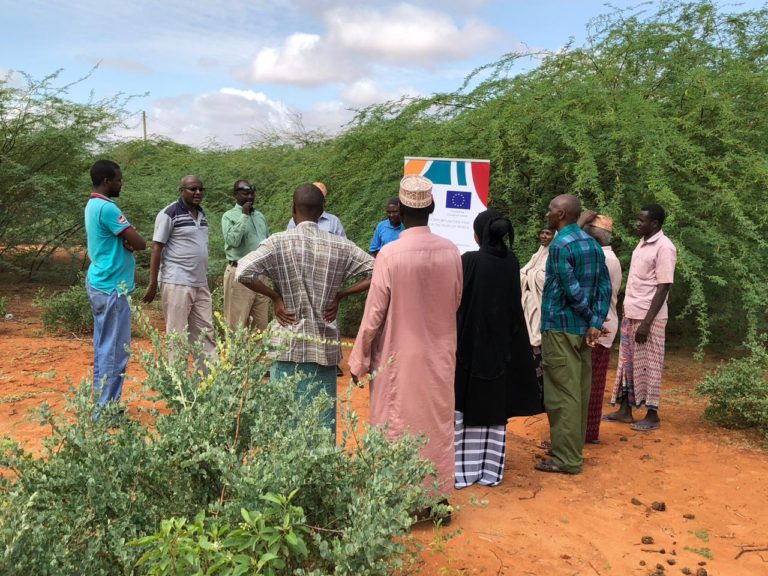Governance Structure
BORESHA is a cross border project implemented by a Consortium composed of The Danish Refugee Council; the prime, and three international agencies: World Vision, WYG, CARE.
The governance structure of the consortium is organised as described below:
Steering Committee (SC): A Nairobi-based Steering Committee has responsibility for overall performance and strategic direction of the consortium, including accountability for compliance and other grant management issues. The SC is made up of Country Directors of all consortium partners and is chaired by the DRC Deputy Regional Director and meets quarterly to assess progress, performance, review challenges and risks, and address management issues. The SC also takes on high level engagement and advocacy with the EU, FAO, IGAD, UN, Government, donors, and wider humanitarian community on cross-border systems-building
Project Management Unit (PMU): The PMU The Project Management Unit of the consortium is a small and dynamic unit based within DRC, the lead agency of the BORESHA Consortium, having the overall technical and management responsibility for implementation of the EUTF funded intervention. In addition, the PMU is in charge of Coordination, Representation, Management, Finance, M&E capacities both at national/regional and field/cross border level.
This will include the adoption of best practice and innovative approaches by implementing agencies. The PMU will also oversee the use of a common MEL system to enhance data collection, and understanding of changes in the context, and real-time feedback of learning to programme. The PMU reports to DRC as the consortium lead agency, however is maintaining a degree of independence as the overall project management team for all agencies and in this function reports directly to the Steering Committee. The PMU calls regular coordination meetings, so technical approaches are harmonized, trainings are co-facilitated where possible, and standards of quality assurance are shared. PMU is in charge of grant management functions of the action, such as monitoring of impact, donor reporting, evaluations and audits, through an M&E Manager and a Grant Finance Officer.
Technical Working Group (TWG): The TWG comprises of technical focal points from each consortium agency each dedicating part of their time to supporting this consortium. The purpose of the TWG is to provide technical programme support to the implementation of the programme, on a constant basis to ensure that the Boresha team receives maximum technical back up and support in their decision making. The sectoral and technical profile of the TWG reflects the three outcome areas of the programme; namely Outcome1, Resilience, Outcome 2, Livelihoods and Private Sector Engagement, and Outcome 3, Natural Resource Management.
The TWG also ensures coherence with the existing work and mandates of each of the consortium agencies in the three countries of implementation, as well as providing a ‘macro’ perspective on related work on-going in the countries of the region in order to ensure the cross border nature of the action.
Technical Implementation Group (TIG): consists of the staff members of consortium agencies recruited for full-time deployment to the project and based largely in the project areas of implementation. The members of the TIGs meet monthly to discuss, plan and coordinate the main activities in the project areas. In addition, TIG represents the project during interactions with the local authorities and other project stakeholders in the area of intervention.

